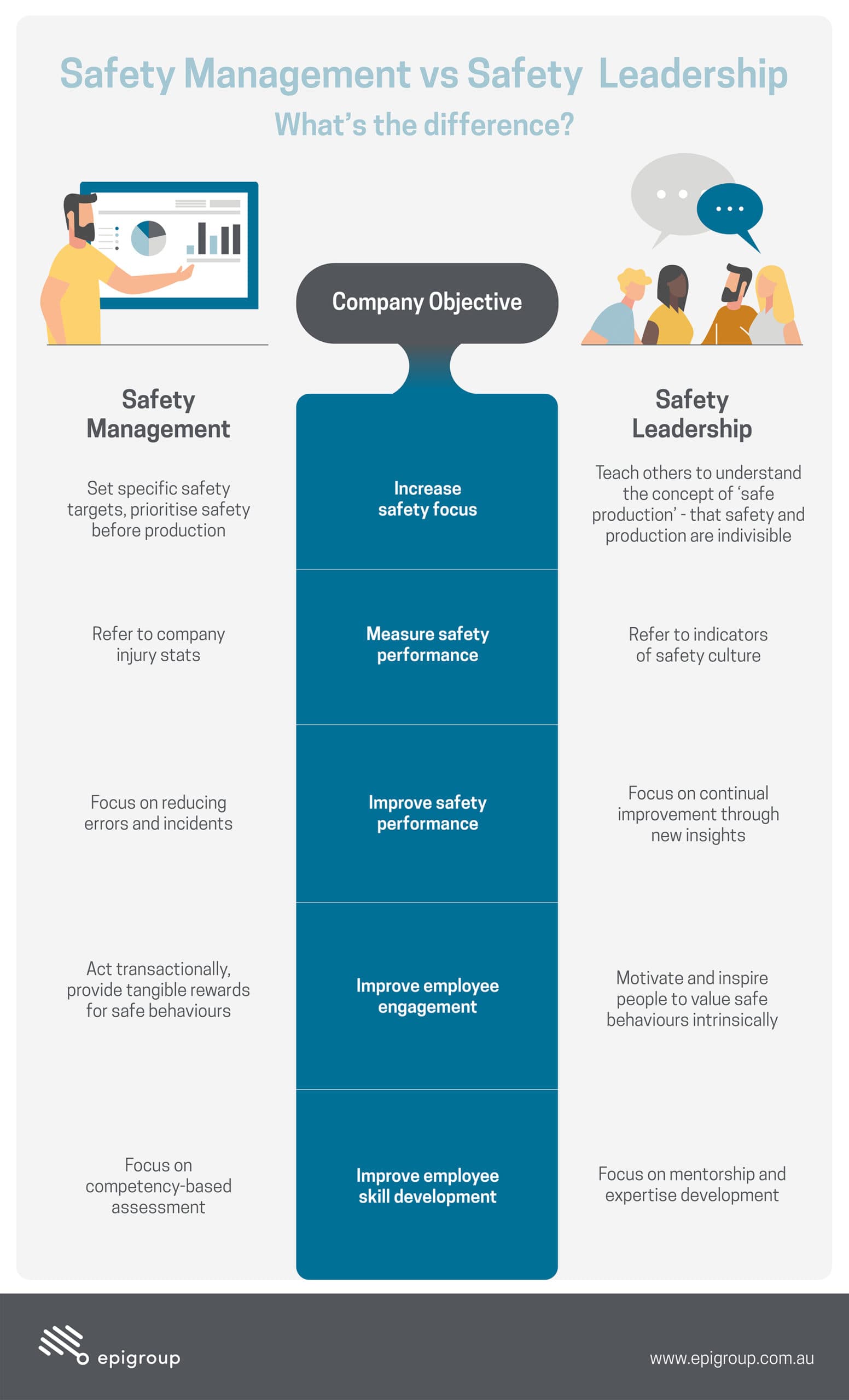Do you remember Disney’s animated movie Hercules? In short, Hercules is stripped of his immortality and must prove himself a “true hero” to restore his godhood.
After weeks of defeating multiple monsters and saving countless civilians, he builds fame and fortune, but he’s still not rewarded with his god status and must remain a mortal on Earth.
It’s only when he sacrifices himself to save another, he learns what being a true hero means. This act grants Hercules his godhood and he flies into the clouds to be reunited with his family on Mount Olympus.
—
This story is similar to the difference between safety managers and safety leaders.
Safety managers are mortal-Hercules. They make things safer for everyone on a daily basis. They’re responsible for identifying risks and putting processes and measures in place to prevent incidents occurring.
Safety leaders are god-Hercules. Their actions, words, tone and attitude speak volumes. They truly care for their colleagues’ welfare and are passionate about safety in their organisation. They endeavour to keep everyone safe through direction, guidance and setting a good example.
Both safety leaders and safety managers are important roles in an organisation, but they have different impacts on employees.
Let’s start with safety management.
What is Safety Management?
Safety management is identifying risks and hazards in the workplace, then putting principles, processes and measures in place to prevent workers having an accident. Being proactive is the aim of the game here.
Many companies have an internal safety manager (or hire an external consultant) to set the bar for the organisation’s safety performance and report back on the results. They wear many hats and have a variety responsibilities including:
- Ensuring the workplace is compliant with all WHS standards, rules and regulations
- Helping employees identify potential hazards
- Checking workers have access to the tools and equipment they need to do their job safely
- Checking the Standard Operating Procedures are up to date and available to staff
- Keeping records current with work-related injuries and illnesses.
Safety managers are the backbone of an organisation’s WHS. They’ve studied WHS and have received qualifications, got the high-vis and are technically sound in all matters of workplace health and safety.
So you might be wondering “what more could you want?” Well, this is where safety leaders crank things up a notch.
What is Safety Leadership?
For an organisation to be truly successful in safety, safety must be everyone’s responsibility, not just the safety manager’s.
A 2017 Deloitte survey found “the most commonly identified challenge to good health and safety is culture/attitude towards health and safety.”
Enter safety leaders.
A safety leader goes out of their way to create a strong safety culture. They show their commitment to safety through their speech and actions, as opposed to targets and reports.
They’re excellent communicators.They drive change by involving others, actively listening to them and providing feedback. They also have a charismatic way of influencing people and gaining their support.
Safety leaders promote a positive safety culture through:
- Clear two-way communication
- Systematic management of risk
- Complying to procedures
- Mentorship and organisational learning
- Organisational justice and respect for all
- Support for supervisors
- Cohesion and worker involvement
- A transformational leadership style
RELATED: Visible vs Invisible Safety Cultures [Infographic]
Safety Management vs Safety Leadership Infographic
How to become a safety leader
For a safety manager to also be a safety leader, they must demonstrate behaviours that inspire others, and help the organisation achieve its safety goals. Safety leaders strive for positive cultural change and a shift in values and attitudes to reach a company’s safety vision.
To become a strong safety leader, you must demonstrate:
- Excellent communication skills to keep colleagues informed
- Willing to challenge the status quo and take calculated risks
- Have a vision for what you want to achieve
- Honesty, integrity and likeability to earn the respect of colleagues
RELATED: Successful Safety Strategy Development – Part 1: The Who
Let’s go back to Hercules for a minute. When Hercules was trying to become a true hero, he became immensely popular and a real crowd pleaser. But becoming a safety leader isn’t a popularity contest.
In order to be an effective safety leader, you will at some point have to make unpopular decisions. Your challenge as a leader is to show the people you lead why those difficult or unpopular decisions are necessary. If people respect you as a leader, they will respect those decisions, and eventually understand the benefit.
RELATED: Safety Leadership Training
Management and leadership skills are both essential for being a well-rounded safety professional. If safety management is the science, safety leadership is the art. Combine them and you have, well, god-Hercules.
But remember, mortal-Hercules and god-Hercules aren’t two separate people.
If you continuously demonstrate that you truly care for your colleagues, value safety above all else and have the ability to influence, inspire and communicate effectively, you’ll be sporting a golden glow in no time.


![Safety Management vs Safety Leadership – What’s the Difference? [Infographic]](https://www.epigroup.com.au/wp-content/uploads/2021/02/Safety-management-vs-safety-leadership-small-1080x675.jpeg)
